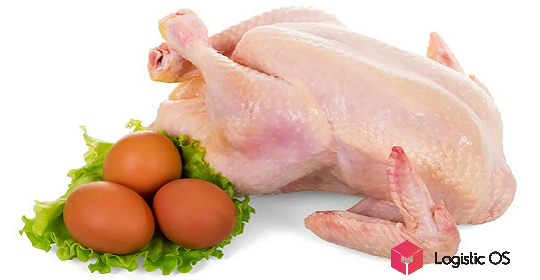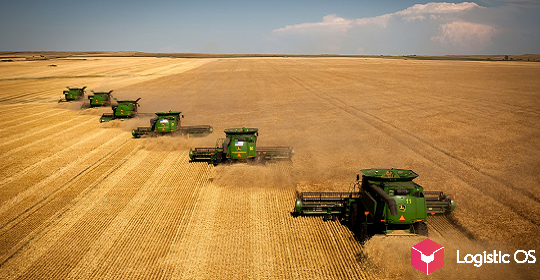Currently, China has become the leader in terms of purchase volumes of Russian agricultural products. And there is great potential for further development in this area.
The Russian Federation is rapidly increasing the export of agricultural products to China. Last year it grew by a third; this year the growth rate is comparable.
It is planned that by 2030 the total volume of exports of Russian agricultural products to China could reach up to $10 billion.
If we talk about Russia’s total exports to China, then by the end of this year it could amount to or even exceed $200 billion.
This was stated by Russian President Vladimir Putin at a meeting with Chinese President Xi Jinping, which is taking place in Beijing.
The basis of Russian exports – up to 70% – are energy resources, but exports of agricultural products are also growing, and at a fairly rapid pace.
For example, over 8 months of this year, 5.5 million tons of it were supplied to China, which is 2.7 times more than during the same period last year.
And if we take export figures in money, then the growth here is about 2 times, notes the Russian Ministry of Agriculture.
What goods does China buy?
One of the first places is vegetable oil.
For example, exports of rapeseed oil have tripled over the past year, to 1 million tons, and if counted in monetary terms, then 2 times. Now oil is supplied to China mainly in bottles.
The export of sunflower oil increased 9 times, even more strongly.
Experts attribute this to crop failure in Argentina, which is the main supplier of this product to China.
As a result, Russian supplies largely replaced Argentine ones, thanks to which it was possible to send about 615 thousand tons of sunflower oil to China. In terms of cost, this is a 6-fold increase in supplies.
The supply of soybean oil also doubled, to 80 thousand tons.
There is huge, almost limitless potential for growth here. After all, China consumes 2 million tons of this product in just a week.
Supplies of Russian fish to China are also growing.
China became the first among our country’s buyers of this product. Exports amount to about 630 thousand tons, which is twice as much as last year, and three times in monetary terms.
Today, about 900 Russian companies have received permission to supply fish to China, which gives reason to assume further growth in supplies.
Also this year, for the first time, the Russian Federation supplied a small batch of peas to China — 300 thousand tons. However, previously this product was not supplied there at all, and there is also wide scope for growth.
Pork supplies may become even more important. Until now, the Chinese market has been closed to the Russian Federation, but it could be opened within a year.
In this case, Russian livestock farmers will have the opportunity to sell their products there, although they will have to compete with the USA, Brazil, Canada and Spain.

